The Future Still Lies in Coding
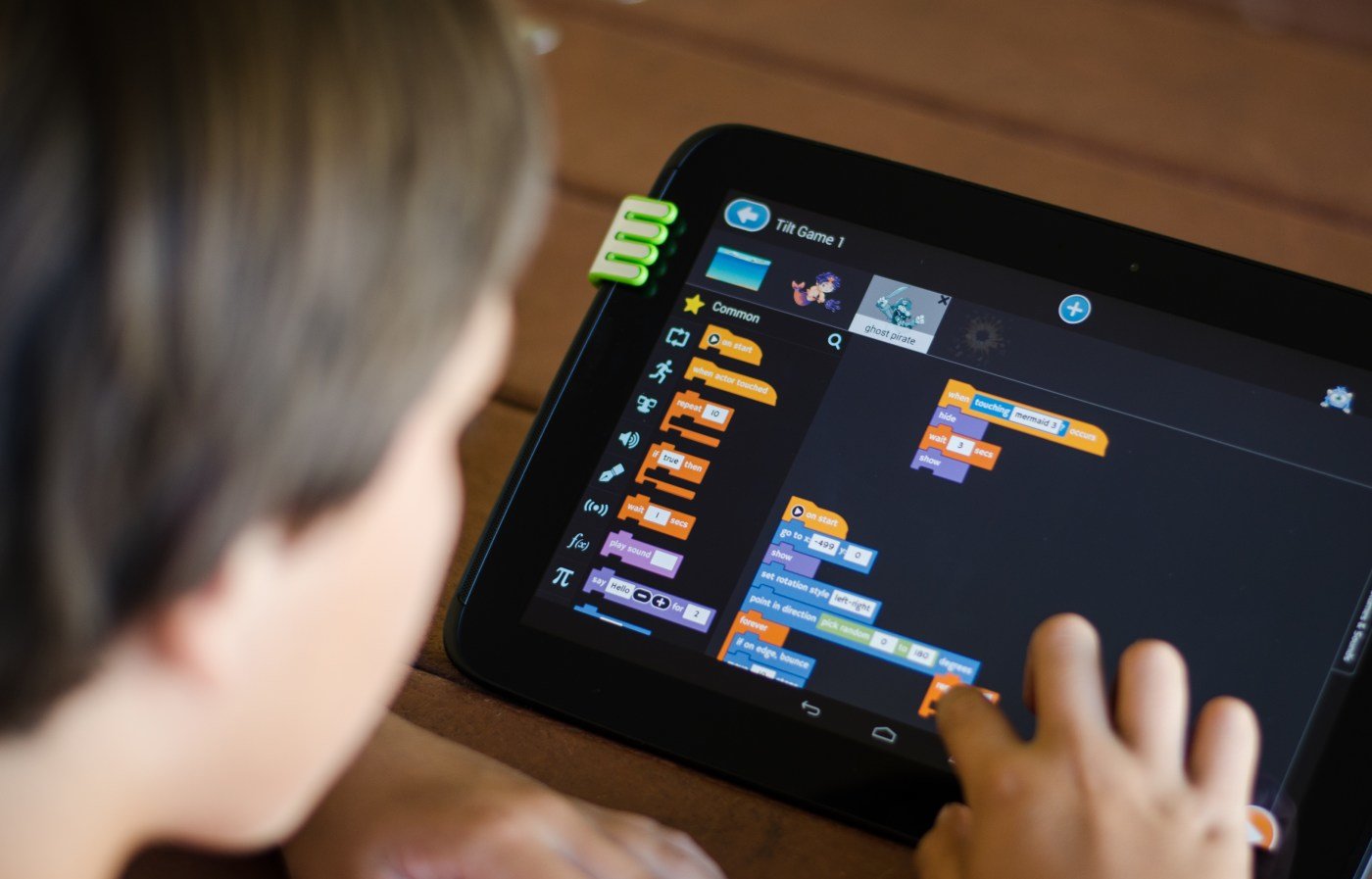 Image source: https://unsplash.com/
Image source: https://unsplash.com/
Coding is enormous in education right now.
No wonder. Coding offers so many academic benefits that schools cannot ignore its significance. Sequential processes, computational thinking, and creative problem-solving all make upcoding. It’s the new literacy in schools. There’s so much to like about coding that coding academies and boot camps are springing up everywhere.
Bootcamps can be expensive, but they are intensive. Participants learn as much as possible in three to six months, securing employment as a coder soon after that. Academies, on the other hand, tend to be more flexible. They offer coding training at all levels, and students create code in maker spaces.
Coding appeals to children of all ages. Not only are there plenty of outstanding apps with which to teach coding, but there are also schools focused intensely on learning how to code.
- 0 Comments
- Sep 13, 2021 10:00:00 AM
- Posted by Maria Alejandra Calcetero
- Topics: Robotics, EdTech, STEM, Education, 21st Century Classroom, students, Technology, STEMchat, WomeninSTEM, Edchat, girlsinSTEM, k12, coronavirus, covid19, disinfection robots, Automation, virus-free, virus, disinfection
5 Ways to Get Girls into STEM
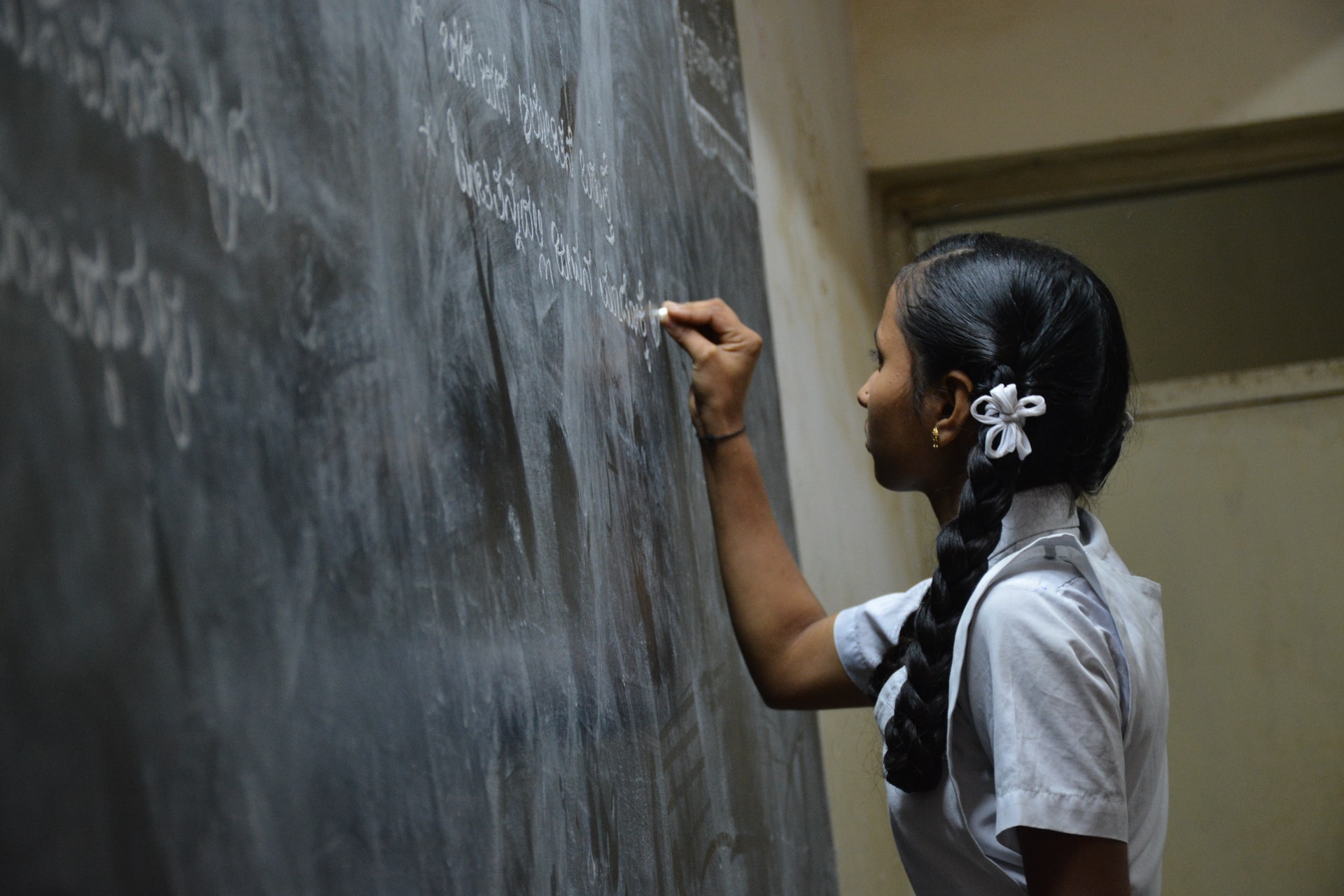 Photo by Nikhita S on Unsplash
Photo by Nikhita S on Unsplash
As a society, we learn about the world and advance our well-being through science and engineering. The United States may be known around the world for its higher education, but compared to many other leading and steadily emerging countries, we lack a strong focus on educating scientists and engineers. One significant reason that we have fallen behind is that we do not encourage our female students to pursue career paths in Science, Technology, Engineering, and Math (STEM).
This needs to change, as the lack of women in STEM will continue to plague our country until all students, regardless of sex, have adequate opportunities to explore math and science throughout elementary, middle, and high school. If we want to attract the best and brightest minds into the fields that will move us forward, we must look to all of the population. More women can contribute to our field, and we can help make that happen. Below are a few strategies for how we can help.
- 0 Comments
- Sep 8, 2021 10:00:00 AM
- Posted by Maria Alejandra Calcetero
- Topics: Robotics, EdTech, STEM, Education, 21st Century Classroom, students, Technology, STEMchat, WomeninSTEM, Edchat, girlsinSTEM, k12, coronavirus, covid19, disinfection robots, Automation, virus-free, virus, disinfection
Is Google Arts and Culture a Good Replacement for Google Expeditions?
Since Google Expeditions was discontinued on June 30, 2021, Google redirects everyone to use the Google Arts and Culture app and presents it as a replacement for Expeditions.
Google listed a lot of content from all around the world in the app, but is it a good solution for in-class virtual reality field trips?
Google Arts and Culture app include many of the experiences that were available on Google Expeditions. However, we at RobotLAB tried and tested the app and there are major differences and issues we wanted you to be aware of.
Our teacher partners have shared with us their thoughts on Google's alternative, and they all mainly agree:
Google Arts and Culture is a great source for content, but NOT suitable for in-class virtual field trips.
- 0 Comments
- Aug 14, 2021 4:30:00 PM
- Posted by Natalia Galvis
- Topics: EdTech, STEM, Curriculum, teachers, Coding, students, Expeditions, VR, Realidad Virtual, Edchat, Digital Technology, Google Expeditions, teaching, online, Virtual Reality, Expeditions 2.0
6 Ways Edtech Tools Help Teachers Save Time
By Josiah Torvik, Teacher, St. Cloud Area MN School District 742
Edtech tools can prove invaluable to teachers who have limited time to juggle planning, teaching, and grading.
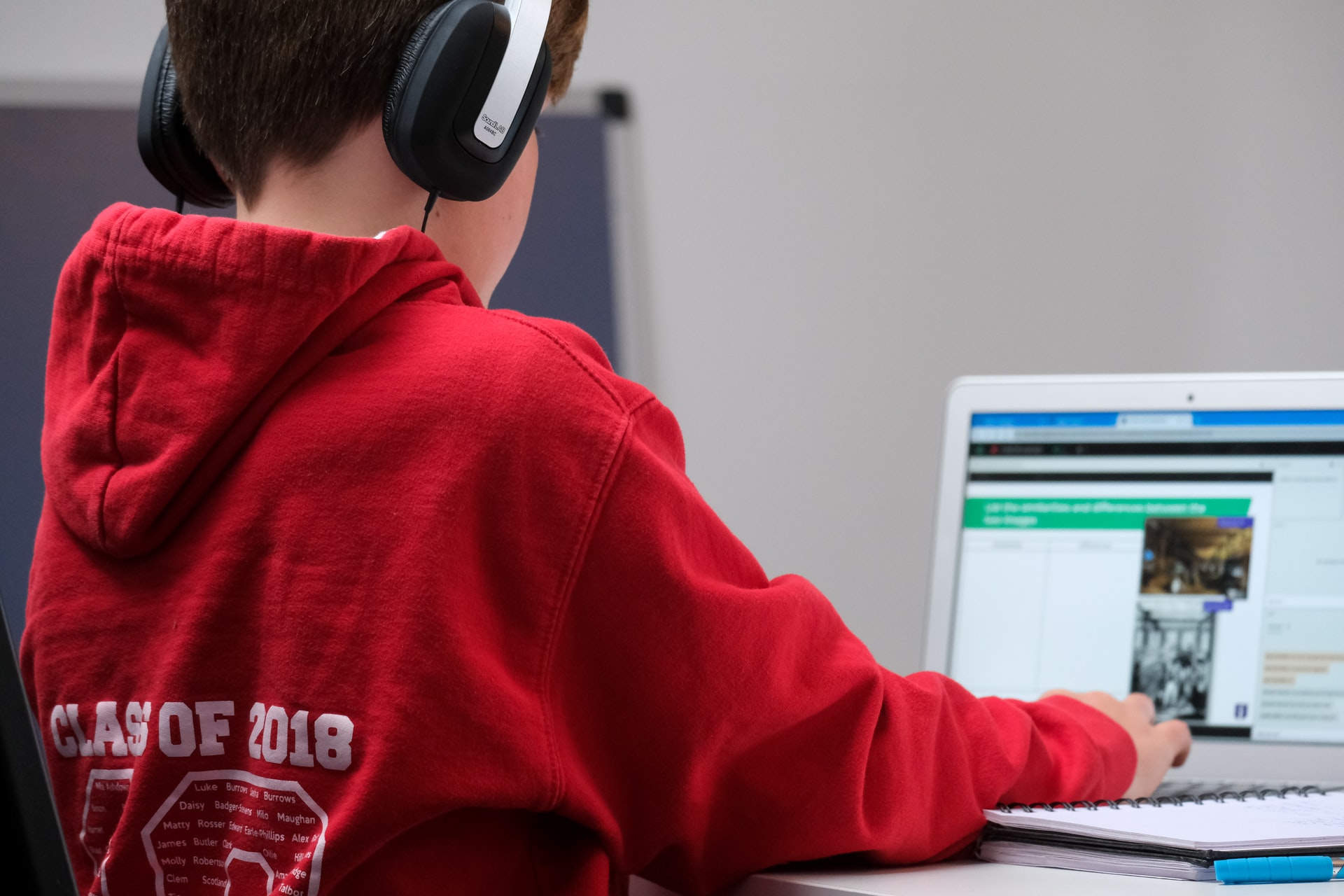 Photo by Compare Fibre on Unsplash
Photo by Compare Fibre on Unsplash
- 0 Comments
- Aug 5, 2021 10:00:00 AM
- Posted by Natalia Galvis
- Topics: EdTech, STEM, Curriculum, Problem Based Learning (PBL), Artificial Intelligence, teachers, Coding, students, Codificación, Edchat, AI, Digital Technology, teaching, online, Inteligencia Artificial
How AI Technologies Support School Safety
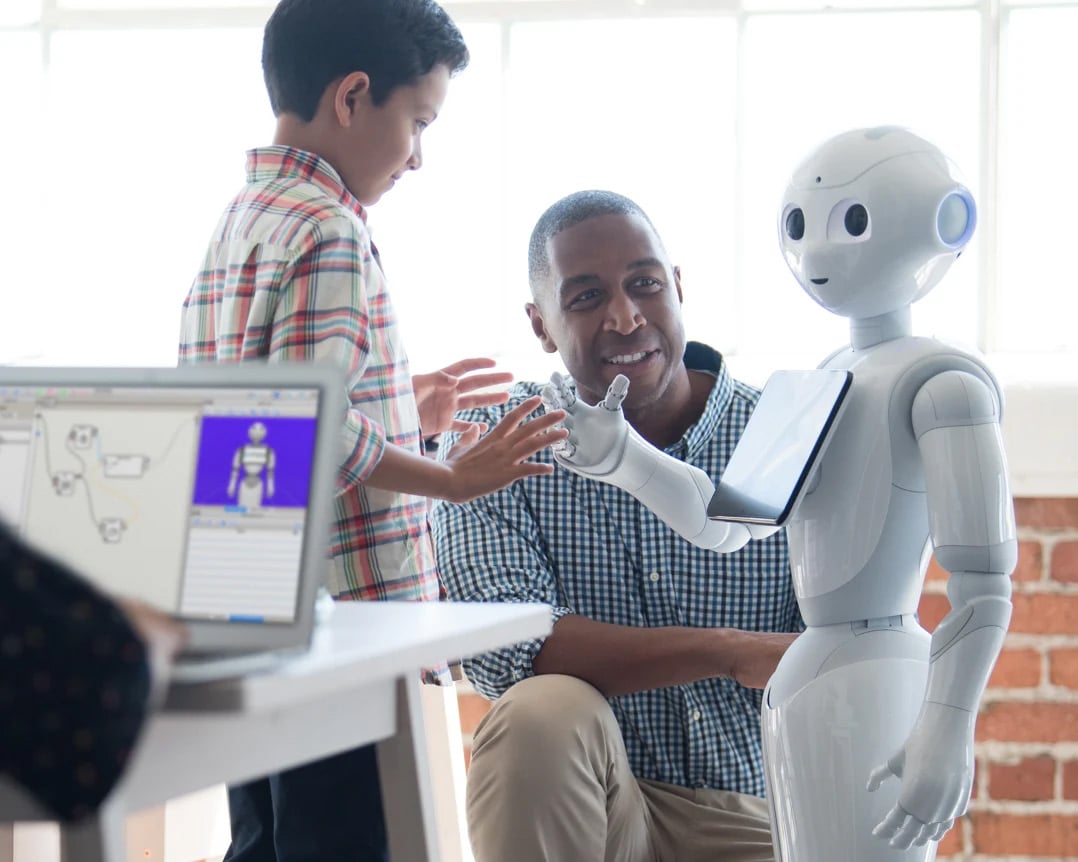
Technology has advanced to the point where many tools, including AI technologies, can alert educators of danger before a disaster occurs.
- 0 Comments
- Aug 2, 2021 10:00:00 AM
- Posted by Natalia Galvis
- Topics: EdTech, STEM, Curriculum, Problem Based Learning (PBL), Artificial Intelligence, teachers, Coding, students, Codificación, Edchat, AI, Digital Technology, teaching, online, Inteligencia Artificial
5 Reasons to Set Up a Coding Program in your District
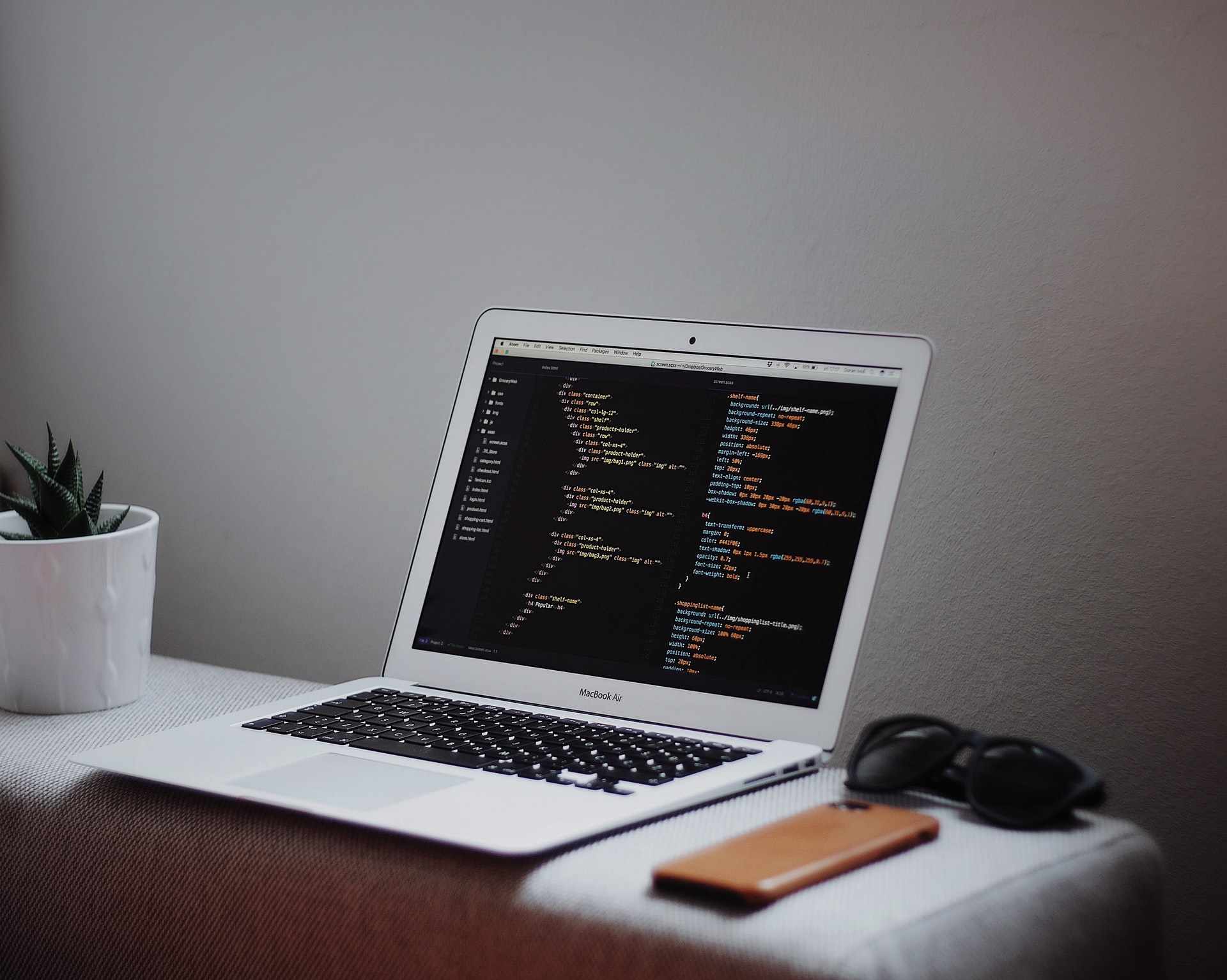 Photo by Goran Ivos on Unsplash
Photo by Goran Ivos on Unsplash
Here’s how one Washington district has made coding a priority, even during the pandemic shutdown
- 0 Comments
- Jul 30, 2021 10:00:00 AM
- Posted by Natalia Galvis
- Topics: EdTech, STEM, Curriculum, Problem Based Learning (PBL), teachers, Coding, students, Codificación, Edchat, Digital Technology, teaching, online
4 Ways Artificial Intelligence is Revolutionizing Education
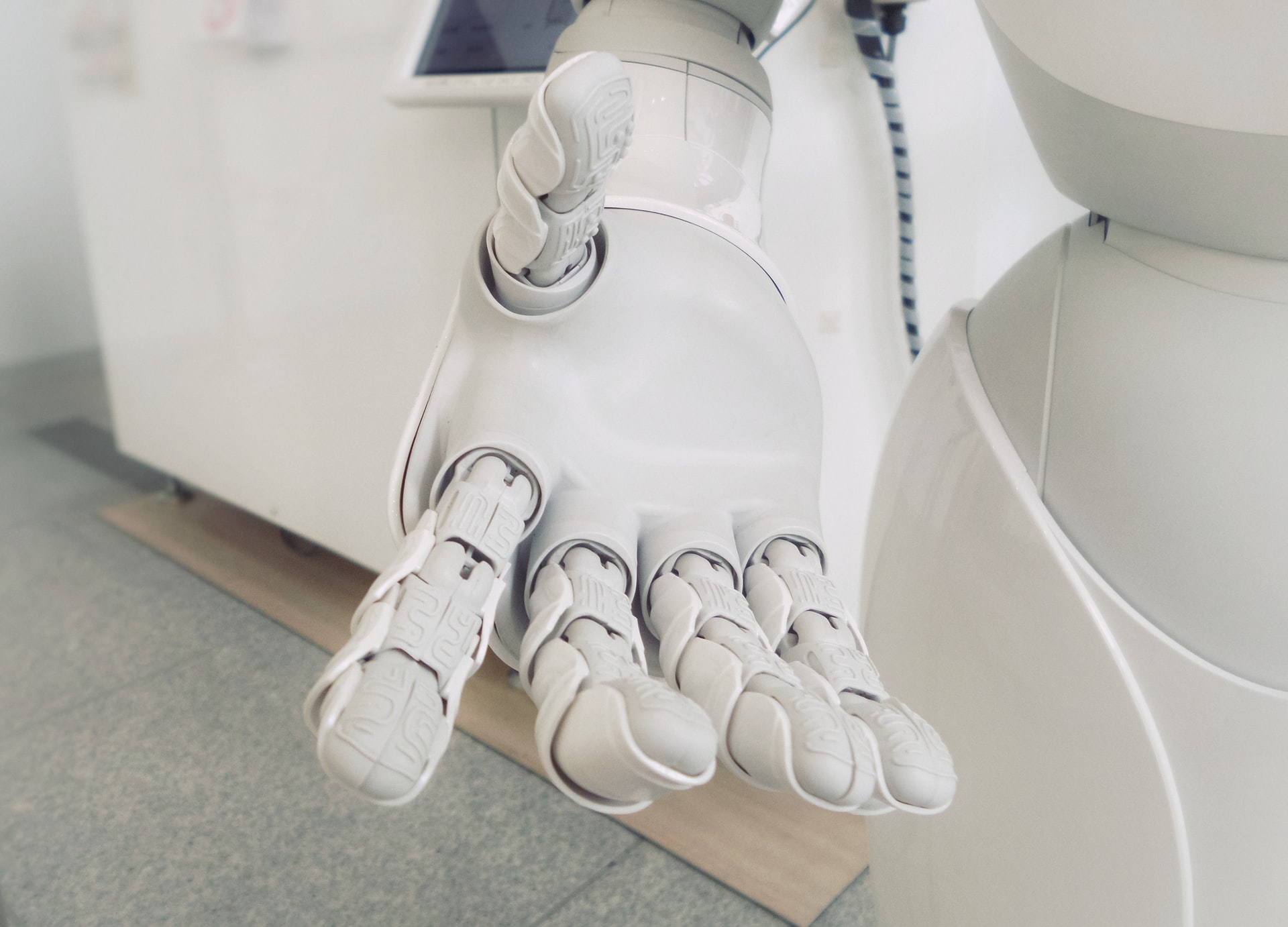 Photo by Possessed Photography on Unsplash
Photo by Possessed Photography on Unsplash
Educators are using AI tools to assess students' skills and weaknesses, and students are benefiting from peer-to-peer learning and customized study guides. Here's a closer look at how some companies are developing artificial intelligence programs to improve education.
- 0 Comments
- Jul 29, 2021 10:00:00 AM
- Posted by Natalia Galvis
- Topics: EdTech, STEM, Grants, Curriculum, Problem Based Learning (PBL), teachers, students, Edchat, Digital Technology, teaching, online, funding, funds
How the 4 Cs prepare students for the real world
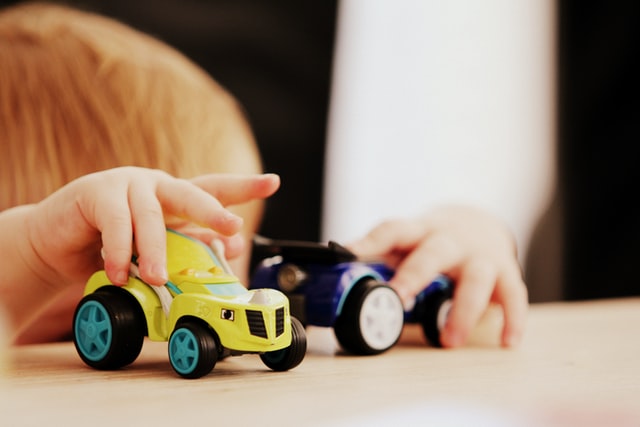 Photo by Sandy Millar on Unsplash
Photo by Sandy Millar on Unsplash
The 4 Cs are more than skills taught in school--they'll stick with students throughout their academic, professional, and personal growth.
- 0 Comments
- Jul 28, 2021 10:00:00 AM
- Posted by Natalia Galvis
- Topics: EdTech, STEM, Grants, Curriculum, Problem Based Learning (PBL), teachers, students, Edchat, Digital Technology, teaching, online, funding, funds
How is technology impacting literacy?
By Content Provided by Stride, Inc.
 Photo by August de Richelieu from Pexels
Photo by August de Richelieu from Pexels
Literacy education is evolving to meet the needs of modern society--but the basics of picking up a physical book remain important
- 0 Comments
- Jul 22, 2021 10:00:00 AM
- Posted by Natalia Galvis
- Topics: EdTech, STEM, Grants, Curriculum, Problem Based Learning (PBL), teachers, students, Edchat, Digital Technology, teaching, online, funding, funds
Teachers, bring to life storytelling in your classroom with Pepper and NAO robots!
When we couple the storytelling concept along with their innate nature, it is clear to understand how utilizing both Pepper and NAO as a storyteller is an essential role for these social robots.
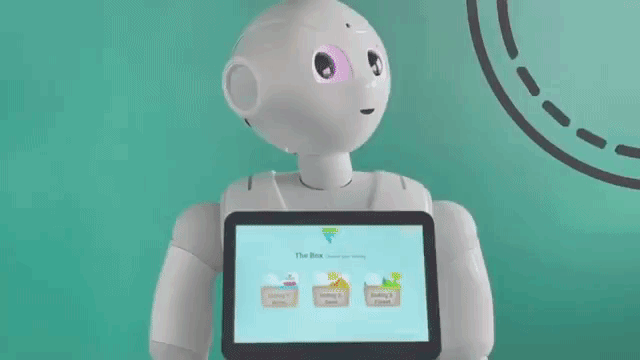
- 1 Comments
- Jul 20, 2021 11:54:31 AM
- Posted by Natalia Galvis
- Topics: EdTech, STEM, Grants, Curriculum, Problem Based Learning (PBL), teachers, students, Edchat, Digital Technology, teaching, online, funding, funds
Relevant Posts
Popular Posts
Subscribe to Email Updates
-
I Want To Learn MoreADDITIONAL INFORMATION


